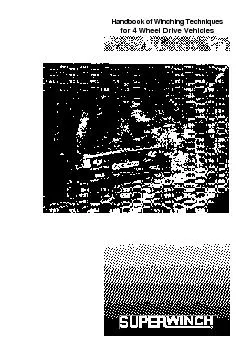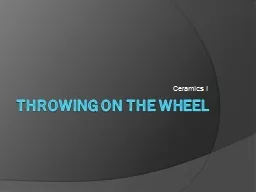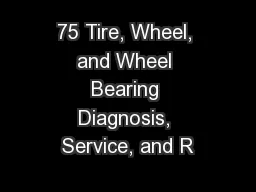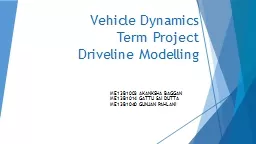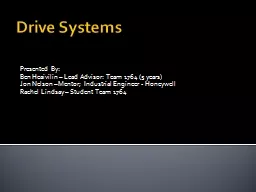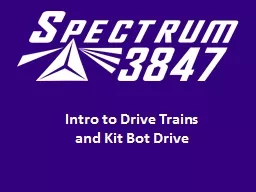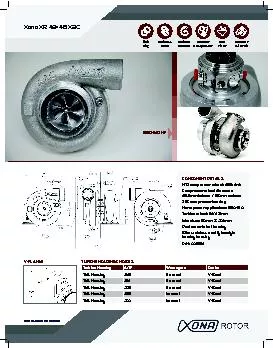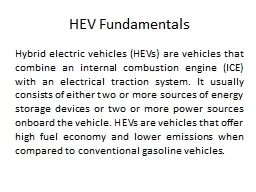PDF-Handbook of Winching Techniquesfor 4 Wheel Drive Vehicles
Author : sherrill-nordquist | Published Date : 2015-12-08
Handbook ofWinching Techniques01THE THEORY OF WINCHING03USE OF A PULLEY BLOCKUSE OF A NYLON SLING AND SHACKLEUSE OF GLOVES04RULES FOR SAFE OPERATIONGENERAL SAFETYHAULINGSELF
Presentation Embed Code
Download Presentation
Download Presentation The PPT/PDF document "Handbook of Winching Techniquesfor 4 Whe..." is the property of its rightful owner. Permission is granted to download and print the materials on this website for personal, non-commercial use only, and to display it on your personal computer provided you do not modify the materials and that you retain all copyright notices contained in the materials. By downloading content from our website, you accept the terms of this agreement.
Handbook of Winching Techniquesfor 4 Wheel Drive Vehicles: Transcript
Download Rules Of Document
"Handbook of Winching Techniquesfor 4 Wheel Drive Vehicles"The content belongs to its owner. You may download and print it for personal use, without modification, and keep all copyright notices. By downloading, you agree to these terms.
Related Documents

